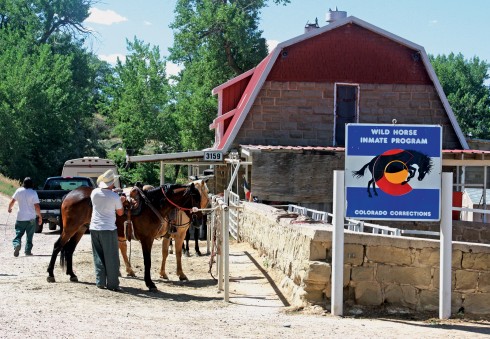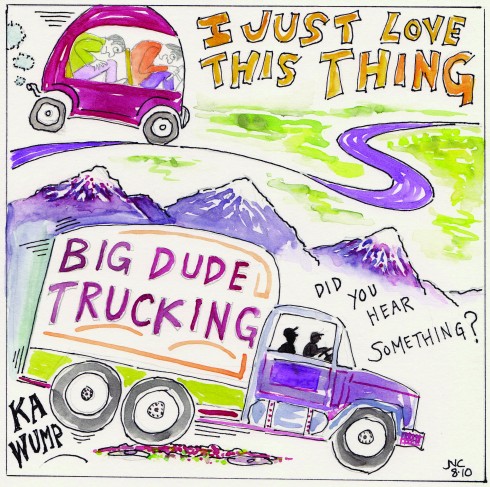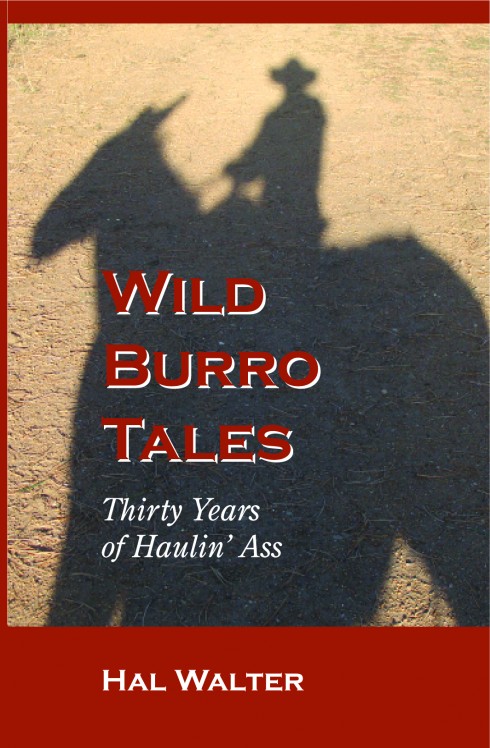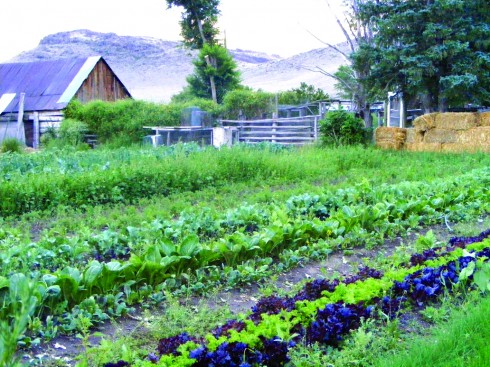By Peter Anderson
Around our house, some of the biggest piñon and juniper trees I’ve ever seen offer us a little shelter from the wind and weather that often blows in hard from the southwest. Nearby, a little to our south, a line of aspens that follows Crestone Creek down the mountain adds to our sense of enclosure and harbors warblers and western tanagers during the warmer months, as well as a colony of turkey vultures.





